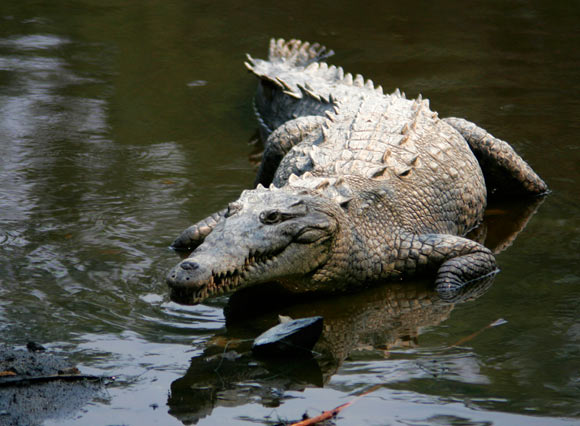Now Reading: Scientists Discover Two New Neotropical Crocodile Species
-
01
Scientists Discover Two New Neotropical Crocodile Species
Scientists Discover Two New Neotropical Crocodile Species

Quick Summary
- Researchers discovered two new insular species of Neotropical crocodiles on cozumel island and Banco Chinchorro,off the Yucatán Peninsula.
- Crocodiles immigrated to the Neotropics from Africa around 5 million years ago, diversifying into four recognized species today.
- The American crocodile (Crocodylus acutus) inhabits a broad range of environments in the pacific and Caribbean coasts; it was previously thought to be a single widespread species.
- Genetic analysis revealed significant genomic differentiation,confirming these populations as distinct from Crocodylus acutus.
- The newly identified species have fewer than 1,000 breeding individuals each in isolated populations that appear stable yet vulnerable due to their small numbers and restricted habitats.
- Biodiversity loss is accelerated by shoreline growth globally; researchers advocate for targeted conservation measures for these newly identified crocodile species.
- Paper published in Molecular Phylogenetics and Evolution journal: DOI – 10.1016/j.ympev.2025.108341.
!Image
An adult American crocodile (Crocodylus acutus) at La Manzanilla, Jalisco, Mexico. Image credit: Tomás Castelazo.
Indian Opinion Analysis
The discovery of two new insular crocodile species highlights an significant step in global biodiversity research but concurrently raises concerns about conservation efforts amidst rapid ecological shifts caused by habitat destruction. Though geographically distant from India, such findings are significant because they underscore universal challenges regarding biodiversity protection – especially relevant as India hosts fragile ecosystems with endangered flora and fauna.
India’s experiences with human-wildlife conflict prevention and accomplished conservation strategies such as Project Tiger could potentially serve as inspiration for similar initiatives globally. Additionally, this study reinforces how genetic research methods can expand understanding of hidden diversity within seemingly well-categorized animal groups-offering valuable lessons to India’s scientific community working on cataloging endemic wildlife across regions like the Western ghats or Sundarbans.
threats such as shoreline development observed near Cozumel align with issues closer home like coastal degradation near Indian mangroves-a reminder that targeted actions remain crucial not just abroad but domestically as well for long-term ecological equilibrium.























